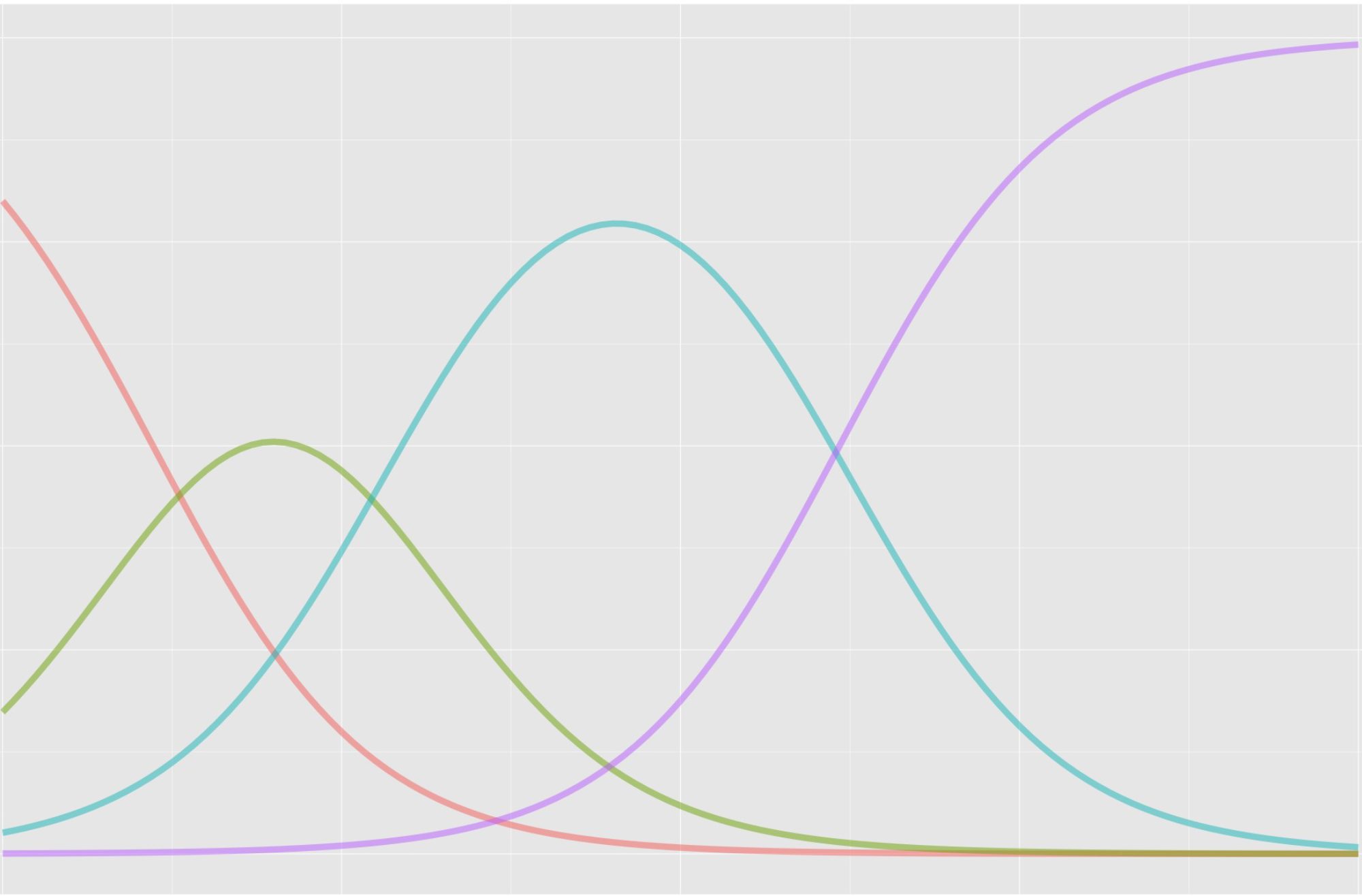If an assignment goes into the recycle bin, but there’s no one there to hear it, does it still make a sound?
I heard about renewable or non-disposable assessment a few years ago at the Open Education Conference, and I’ve seen it mentioned a few times since then in blog posts and papers, most recently a paper in Psychology Teaching and Learning by Seraphin et al.
It looks like David Wiley may have coined the terms disposable and renewable assignments. He wrote about them in a blog post on open pedagogy in 2013, and in another post in 2016.
The premise is that educational assessment often has limited utility outside the classroom experience, because it’s designed primarily to inform instruction and/or grading. Whether it’s an essay on the merits of school uniforms or an observational study of lady bugs, once the assignment is completed, we dispose of student work and move on.
In the 2013 post, Wiley says disposable assignments “add no value to the world.” And in the 2016 post he elaborates.
Try to imagine dedicating large swaths of your day to work you knew would never be seen, would never matter, and would literally end up in the garbage can. Maybe you don’t have to imagine – maybe some part of your work day is actually like that. If so, you may know the despair of looking forward and seeing only piles of work that don’t matter. And that’s how students frequently feel.
In contrast, non-disposable assessment (NDA) requires that students contribute to something beyond their individual coursework. The essays could be featured in the school newsletter, or the lady bug study could be part of a local citizen science project. Because NDA have broader utility and the potential for impact outside the classroom experience, we can expect students to be more engaged with them than with disposable assessments.
This all sounds fine, but I would clarify a few points. Note that I’m using assignment and assessment interchangeably, and I prefer the latter.
- We can contrive them in younger grades, but NDA really only become feasible as students develop expertise, which is probably why NDA are discussed almost exclusively in the context of higher education, from what I’ve seen.
- These concepts mostly aren’t new. The complete opposite of NDA might be busy-work, a term we’re all familiar with and try to avoid as instructors. NDA concepts overlap with anti-busy-work ideas from K12, including authentic assessment and performance assessment, which favor tasks that derive meaning from realistic problems and context. The key difference with NDA is that it results in something of value outside the assessment process itself.
- Often, disposable assessments are disposable for a reason. They’re designed to give students immediate practice in something they’ve likely never encountered before. Students may not be comfortable sharing their novice work via Instagram or Wikipedia entries. NDA adds exposure and thus external pressures that change the learning experience. NDA can also add constraints or extra requirements in format and style that detract from learning.
I like the idea of NDA. Really, any assessment should be designed to create as much value as possible, both within and outside the classroom experience. Educational technology and social media give students more opportunities than ever before to create and share content. Let’s use these tools to help students disseminate their work and contribute to the base of knowledge and resources, whenever such extended applications make sense.
That said, not every assessment can or should be NDA, and being so-called disposable doesn’t mean an assignment doesn’t matter. Wiley’s portrayal quoted above is kind of dramatic. At the very least, an assignment builds knowledge, skills, and abilities that inform next steps in the student’s own development. Often those next steps culminate in a larger project or portfolio of work. But, even if an assessment doesn’t have a tangible outcome, let’s not discount the value of intrinsic motivation in the completion of work that has no audience or recipient.
